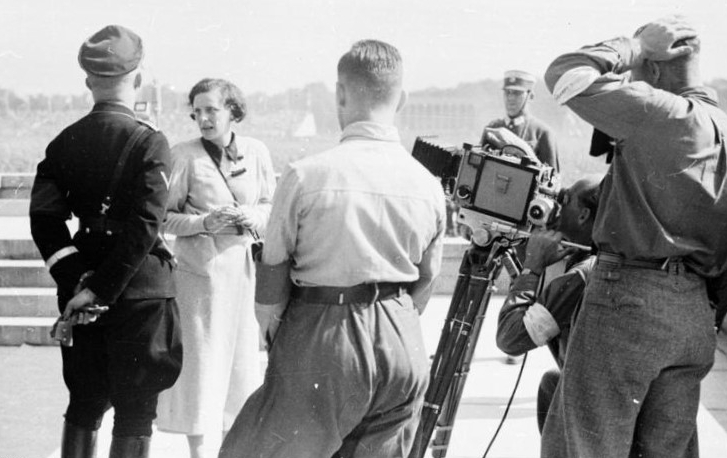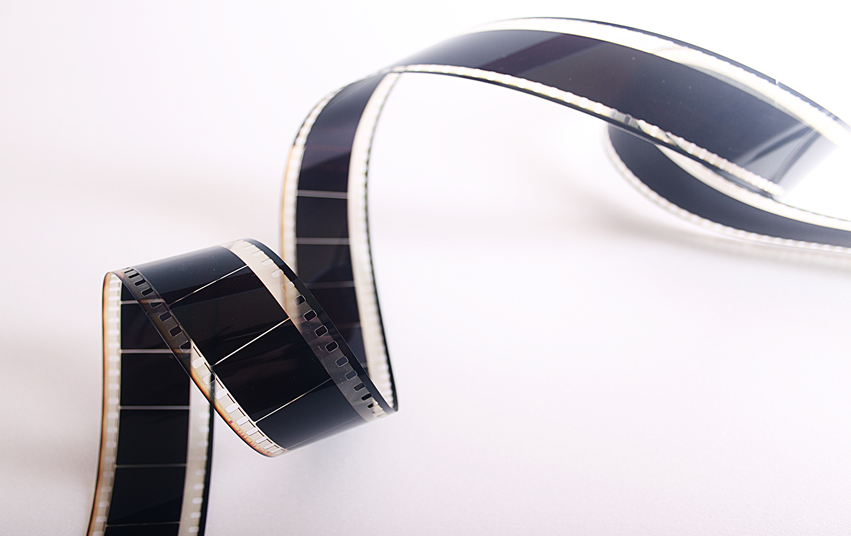Documentaries have been around since the dawn of film, more than 120 years ago. Prior to 1900, documentaries were simply a way of capturing a moment on film, simple things like a boat docking or a train pulling into a station. Two French brothers Auguste and Louis Lumiere shot many of these short films, most lasting less than a minute since that was all that film making was capable of at the time. Bolesław Matuszewski, a polish writer and filmmaker was among the first to identify and write about the genre back in 1898, but myth has it that John Grierson was the one who coined the term documentary in 1926
Early 20th Century Documentaries
In the early part of the 20th century travelogue films, referred to as ‘scenics’ dominated the documentary landscape. Travelogues gave the public the opportunity to view other cultures through a camera lens. This was in the era of silent films, so often narrators would introduce and narrate the film from a lectern within the theater. The film industry as a whole had evolved and documentaries were no longer short clips, most were roughly 80 minutes long shown on two rolls of 16mm film with each being up to 1,000 feet long. During this time biographical documentaries also featured heavily. Pathé, a French film company that is still around today was the biggest producer of these types of documentaries in the era.
The Roaring 20s
During the 20-40’s film as a whole was coming into a golden age and documentaries followed along with it. Huge cinematic productions with sound and special effects were created and the world of film was changed forever. Documentaries embraced romanticism and one of the most famous documentaries ever, “Nanook of the North” by Robert J. Flaherty was produced during this time. The 20’s also saw City Symphony films, these were based in major cities and sought to capture the lives and activities of the city. Most famous of these Berlin, Symphony of a Great City and The Man with a Movie Camera. Two other documentary styles of the time were Kino-Pravda which translates literally to cinematic truth Dziga Vertov believed cameras were more accurate than the human eye and made a film genre out of it. The newsreel tradition is important in understanding documentaries of the time. Most of the battle footage you see from documentaries, such as those from WWI were in fact re-enactments. Often film crews arrived after the battles and recreated scenes for filming.
Propaganda was Born
Just prior to the Second World War and all through the cold war propaganda films flourished. They were created to persuade the audience of one point of view and often commissioned by the government. The most famous example of a propaganda film was “Triumph of the Will”, commissioned by Adolf Hitler to further the Nazi agenda. The Nazi’s weren’t the only ones who used propaganda, the US and USSR relied heavily on propaganda films during the cold war. Canada set up the Film Board for the purposes of propaganda and it created films to counter the propaganda created by Goebbels in Nazi Germany.

Cinema Verité
Once again technology changed how documentary films were shot, Cinema Verité and the closely related Direct Cinema relied on lighting, reliable cameras and better sound technology. The ideal behind Cinema Verité was to essentially follow someone around with a camera during crisis situations in order to capture personal and authentic reactions. The amount of interaction the camera crew had with a subject varied with the director and their philosophy. This type of filming used tons of film and the editor became integral to the process, they were so important that many of them were credited as co-directors.
Modern Documentaries
Modern documentaries have taken cinema verité and combined it with a more narrative style and they cover a huge range of topics, from politics in Fahrenheit 911, to religion in Religulous and environmentalism in an Inconvenient Truth. Documentary filmmakers like Michael Moore have become celebrities in their own rites. They have also enjoyed unprecedented box office success attracting money from big studios. In comparison to a feature film documentaries are incredibly inexpensive and because of their popularity they also attract A-List talent, making documentaries a highly profitable business. With services like Netflix and premium cable stations documentaries can reach even larger audiences than ever before.

